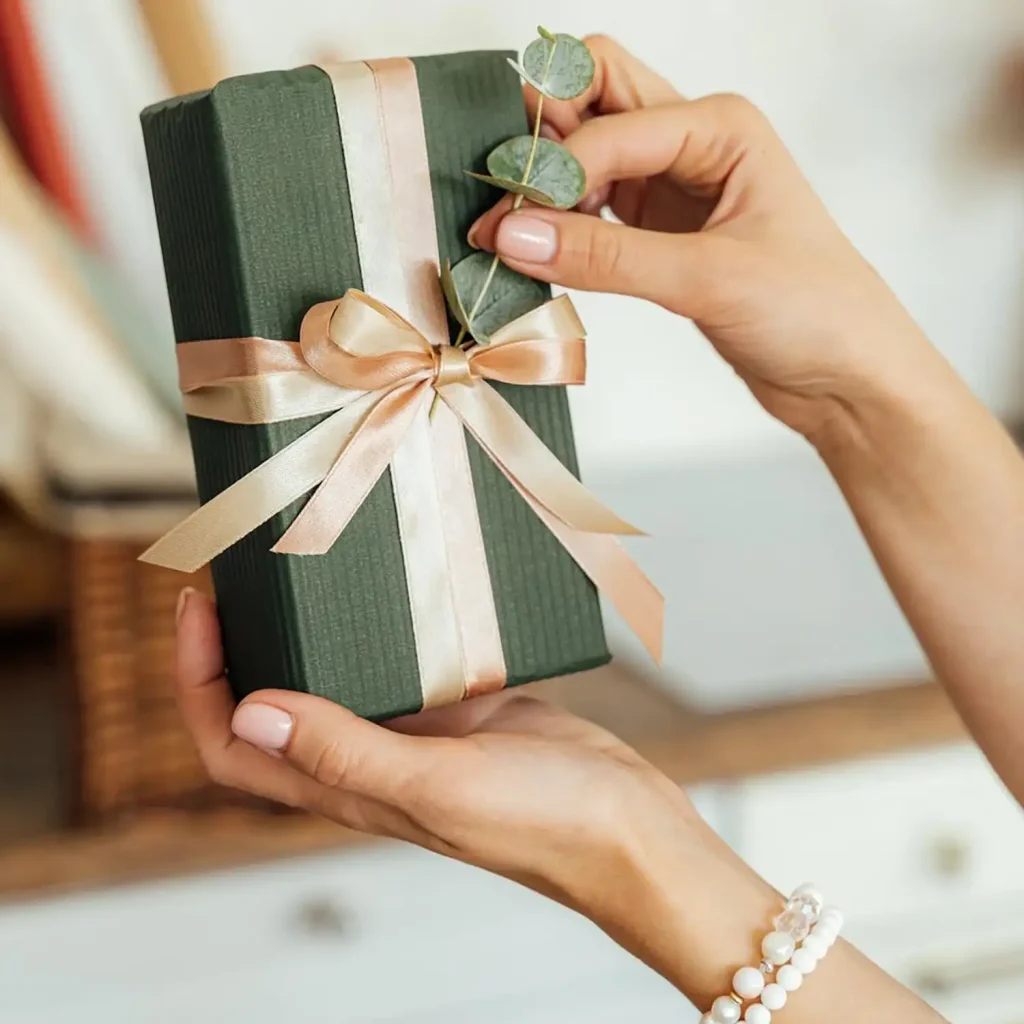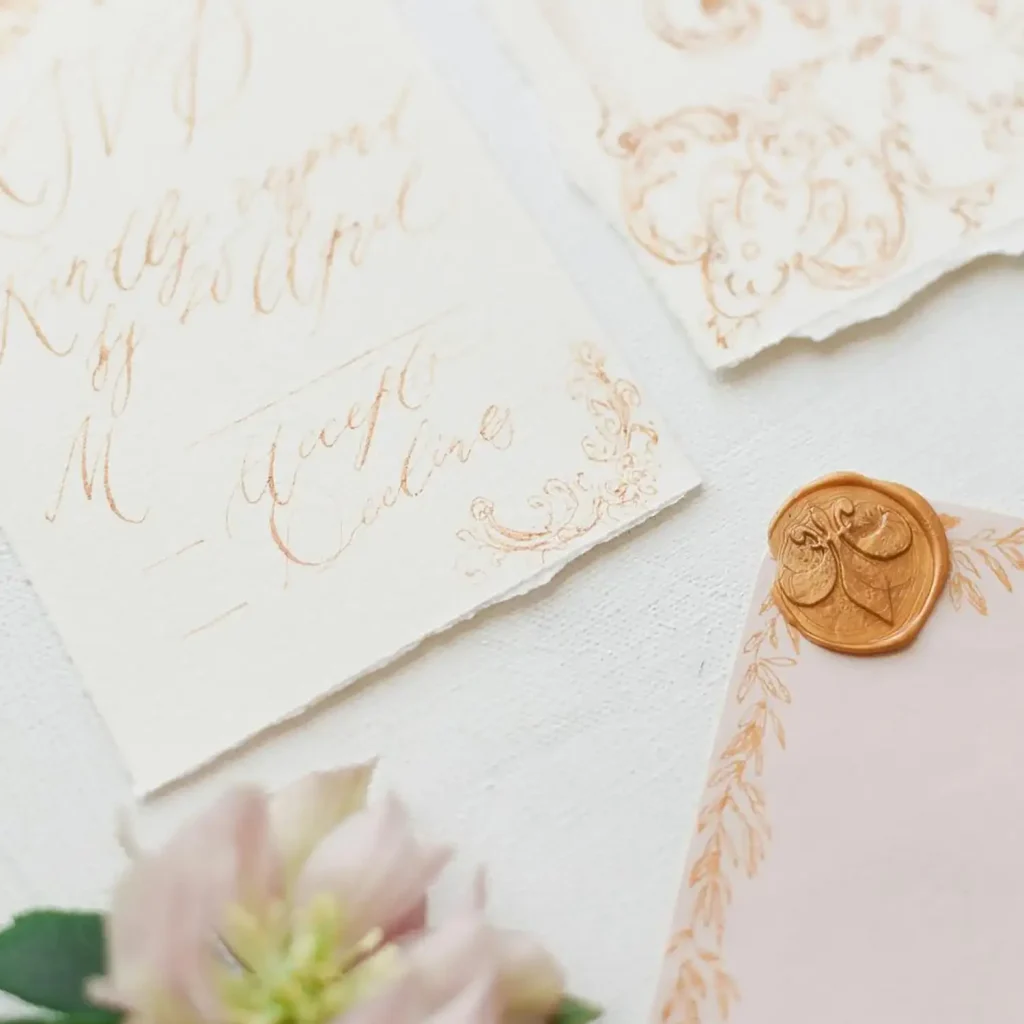Calligraphy is more than just beautiful handwriting—it’s a centuries-old art form that adds elegance, personality, and timeless charm to written communication. In today’s wedding industry, where personalization and sophistication are key, calligraphy is making a remarkable comeback. Especially in custom and luxury wedding invitations, it serves as both an artistic statement and a symbol of thoughtful detail.
In this post, we’ll explore the fascinating history of calligraphy, its modern revival, current trends in color and style, and how it continues to shape the world of high-end wedding stationery.
A Brief History of Calligraphy
Calligraphy has roots dating back thousands of years. Originating from the Greek word kallos (beauty) and graphein (to write), the term literally means “beautiful writing.”
- Western Calligraphy traces back to Roman times, flourishing in the Middle Ages with Gothic and Carolingian scripts. Manuscripts were painstakingly crafted by hand, each letter a work of art.
- Eastern Calligraphy, particularly Chinese and Japanese styles, emphasized brush strokes and philosophical harmony. In these cultures, calligraphy was revered as both an intellectual pursuit and spiritual practice.
- Islamic Calligraphy developed its own unique legacy, blending intricate geometric patterns with flowing Arabic script, often seen in religious texts and architectural design.
Through the centuries, calligraphy remained integral to official documents, religious manuscripts, and high-society correspondence—until the printing press and modern type diminished its everyday use.
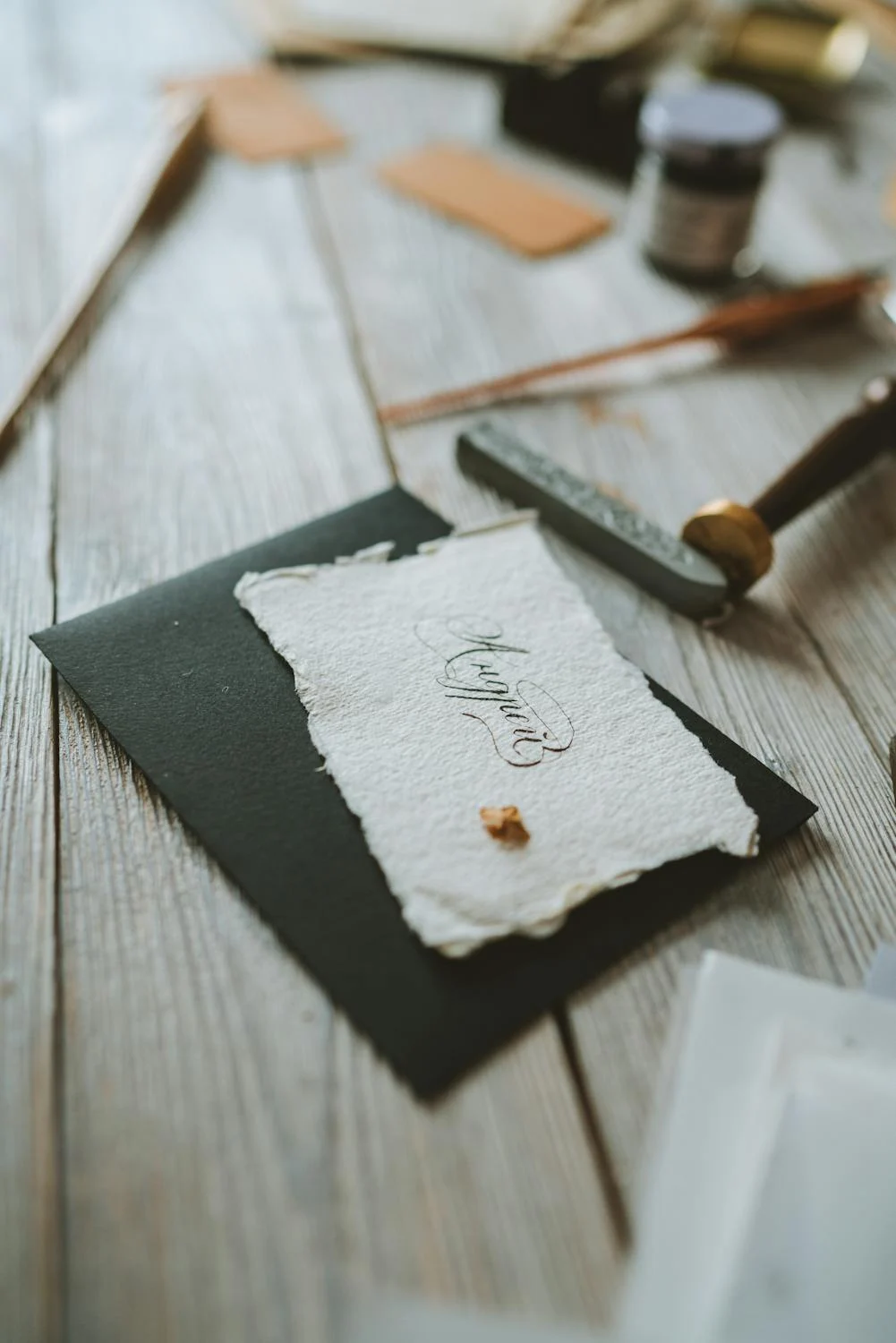
The Revival of Calligraphy in the Modern Era
Today, calligraphy has found a new home in the world of weddings, luxury events, and personalized design. Far from being outdated, it is now seen as an artisanal element that elevates visual communication.
Why Couples Love Calligraphy for Wedding Invitations
- Personalization: In an age of mass production, handwritten or hand-designed calligraphy adds a personal, heartfelt touch.
- Luxury Appeal: Calligraphy exudes elegance, making it the perfect complement to upscale wedding themes.
- First Impressions: Invitations are the first glimpse guests get of the event. Calligraphy sets a tone of sophistication and care.
- Timeless Aesthetic: Unlike some trends that fade, calligraphy has a classic beauty that suits both traditional and modern weddings.
Calligraphy in Luxury Wedding Invitations
High-end wedding invitations often combine calligraphy with other luxurious elements like foil stamping, velvet or acrylic backing, silk boxes, or hand-torn edges. The calligraphy may be:
- Handwritten: A true art form where each piece is individually crafted.
- Digitized Calligraphy: Created by calligraphers, then converted to digital formats for printing—perfect for cohesive sets and affordability at scale.
- Custom Fonts: Couples often commission unique script styles to make their invitations entirely one-of-a-kind.
Luxury wedding stationery brands like Prestige Creations frequently collaborate with skilled calligraphers to produce bespoke suites that blend artistry and elegance.
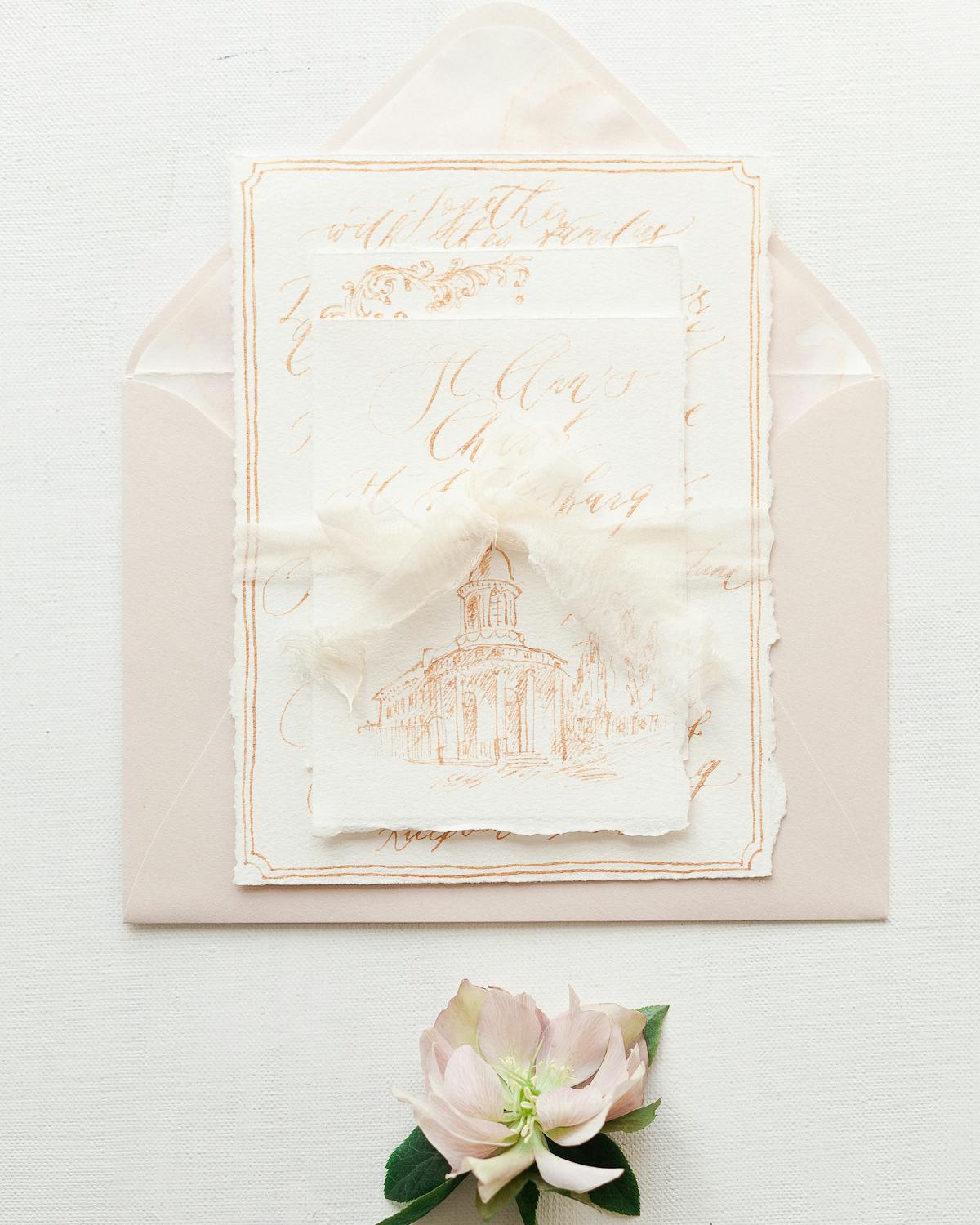
Style and Color Trends in Modern Wedding Calligraphy
Calligraphy is no longer confined to black ink on white paper. Couples today are embracing a broader palette and diverse styles to reflect their personalities and wedding themes.
1. Popular Calligraphy Styles
- Modern Script: Loose, flowing, and romantic—perfect for contemporary weddings.
- Copperplate & Spencerian: Traditional styles with structured elegance.
- Brush Calligraphy: Casual yet expressive, often used for boho or rustic weddings.
- Minimalist Styles: Clean lines and delicate strokes paired with negative space.
2. Color Trends
- Metallic Inks: Gold, rose gold, copper, and silver remain popular for their luxurious shimmer.
- Pastels: Soft blushes, sage greens, and dusty blues create a dreamy, romantic vibe.
- Bold Contrasts: Black ink on vellum or white ink on dark velvet—dramatic and striking.
- Monochrome Palettes: Elegant tone-on-tone lettering for a modern, cohesive look.
3. Material Pairings
Calligraphy works beautifully on a variety of high-end materials:
- Velvet Invitations: Ink or foil calligraphy looks rich against plush textures.
- Acrylic Cards: Etched or printed calligraphy on clear or frosted acrylic exudes contemporary elegance.
- Handmade Paper: A favorite for its tactile appeal and old-world charm.
- Silk Box Sets: Calligraphy combined with luxe packaging leaves a lasting impression.
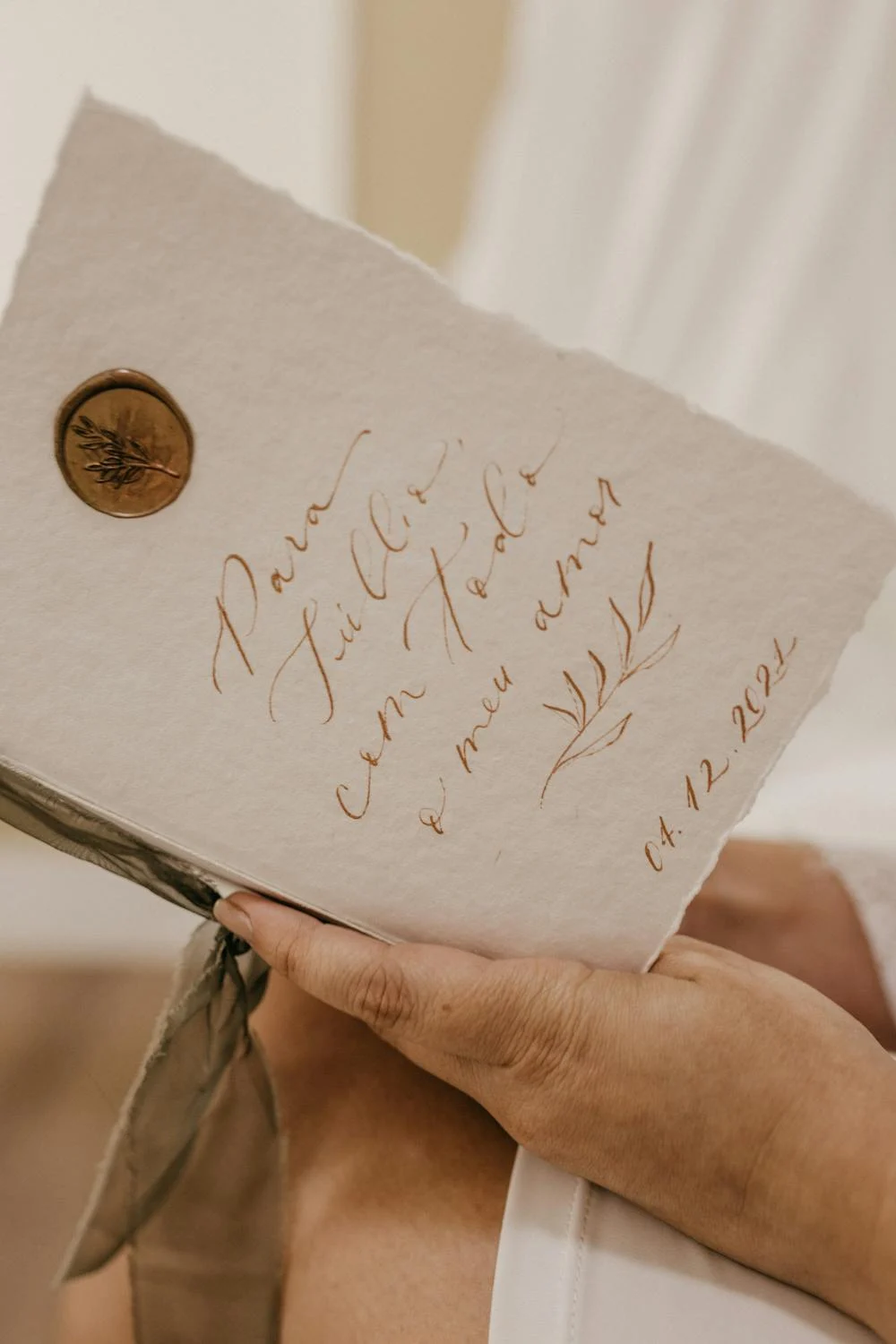
Calligraphy Beyond the Invitation
The use of calligraphy doesn’t stop at the invitation—it often weaves throughout the wedding design to create a cohesive look and feel.
Popular Wedding Items Featuring Calligraphy:
- Save-the-Dates
- Menus and Programs
- Escort Cards and Seating Charts
- Vow Books
- Signage and Welcome Boards
- Custom Monograms
This integration ties all wedding stationery and decor into one elegant narrative, making the event feel polished and intentional.
The Calligrapher’s Craft: Behind the Scenes
Calligraphy is not simply writing—it’s a skill honed through patience, practice, and deep attention to detail. Many calligraphers study historical scripts, master different tools (nibs, brushes, pens), and experiment with inks and surfaces.
Some also use a hybrid approach, creating the initial lettering by hand and then digitizing it for print, ensuring consistency across an entire wedding suite while preserving the hand-drawn charm.
How to Choose the Right Calligraphy Style for Your Wedding
Selecting a calligraphy style should reflect both your aesthetic and your wedding theme. Here’s a quick guide:
| Wedding Style | Calligraphy Style | Materials |
| Classic Elegance | Copperplate, Spencerian | Letterpress on cotton paper |
| Boho Chic | Freeform Brush Script | Handmade paper, natural hues |
| Modern Minimalist | Monoline Script, Simple Sans Serif | Acrylic, vellum, metallic ink |
| Vintage Glamour | Flourished Traditional Script | Velvet boxes, foil stamping |
| Rustic Romance | Loose Script + Serif Combo | Kraft paper, twine embellish |
The Future of Calligraphy in Wedding Design
With the rise of digital design and AI-generated templates, one might assume calligraphy would fade—but the opposite is true. The demand for craftsmanship and authenticity has never been higher, especially among luxury clientele.
In fact, the art of calligraphy is expanding into:
- Augmented Reality (AR) Invitations: Where calligraphy animates on the screen.
- Hybrid Events: Combining digital RSVP sites with hand-calligraphed physical invitations.
- Cultural Fusion Designs: Merging Western and Eastern calligraphy styles for multicultural weddings.
Final Thoughts
Calligraphy is a timeless art that has gracefully adapted to the modern age. In luxury and custom wedding invitations, it does more than convey words—it evokes emotion, tells a story, and makes a lasting impression. Whether hand-drawn or digitally enhanced, calligraphy connects tradition with modern expression in the most beautiful way.
If you’re planning a wedding and want your invitations to reflect your style and sophistication, consider incorporating calligraphy. It’s not just ink on paper—it’s the soul of your celebration, written with elegance. There are more posts related to “The Art of Calligraphy”! Don’t forget to read our latest blog post online.

